Sailing requires constant reactions:
to control or change the boat’s direction in the water
to control the boat speed and fine-tune the angle to the wind, aging on the sails
When radio sailing, the radio unit provides you with control over your sailboat: on the rudder and sail trim.
Play2Sail provides you a two-stick surface transmitter to control your DF65 radio yacht.
The 2 ‘sticks’ on the radio are two controls.
Vertically moving the one on the left, you trim the sails in and out.
Orizontally moving the stick on the right, you send commands to move the hull’s rudder blade to steer the boat into the direction you want.
On your rc sailboat are 2 servos, one each receive the signal off the two controls.
The steering servo actuates the rudder, through direct linkages.
The other will be hauling in and letting out the ropes that controls the position of the sails. At its shortest length, the sails may only have a few degrees of sway. With the line fully relaxed, the sails could approach 90-degrees of travel.
Above: a Dragon Force 65 yacht running downwind on a correct point of sail.
To use your controller unit to sail your radio yacht is really simple.
Turn the hull to the right by moving the rudder joystick to the right.
Turn the hull to the left by moving the rudder joystick to the left.
Pull the sail In by moving the sail stick down.
Ease the sail out by moving the sail stick up.
By manipulating the controls of the radio unit, you will sail your model from the piers as if it were a full-size yacht.
The distance to which you can sail our model yacht is limited by the range of the radio transmitter and receiver in the control system and by the capability of your eye. Visibility is crucial for sail trimming and steering to provide directional control to the hull (also for avoiding collisions).
We recommend to keep your sailing in the area where the floating marks are placed: from the pier, you will have a full control of your sailboats and, eventually, this will allow the staff to easily support you and your sailboat.
TIP: ALWAYS switch on the tx then the boat, then move the sheeting control up and down and the flashing green lights should go solid and you’ll be in control. ALWAYS switch off the boat then the tx.
Explore RC Sailing with confidence:
Free resources at your fingertips >
Start your sailing adventure with our free online resources, designed especially for beginners. Learn the basics, gain essential skills, and build your confidence with expert tips, and easy-to-follow guides. No fees, no membership - just pure learning and fun. Discover Play2Sail Academy today!
When you are ready for more, delve deeper with our e-manual. It’s packed with detailed insights and practical advice to further enhance your rc sailing journey.
Sailing Learning made easy and simple: download the Play2Sail e-manual and improve your skills fast!
You may also be interested in these blog posts:















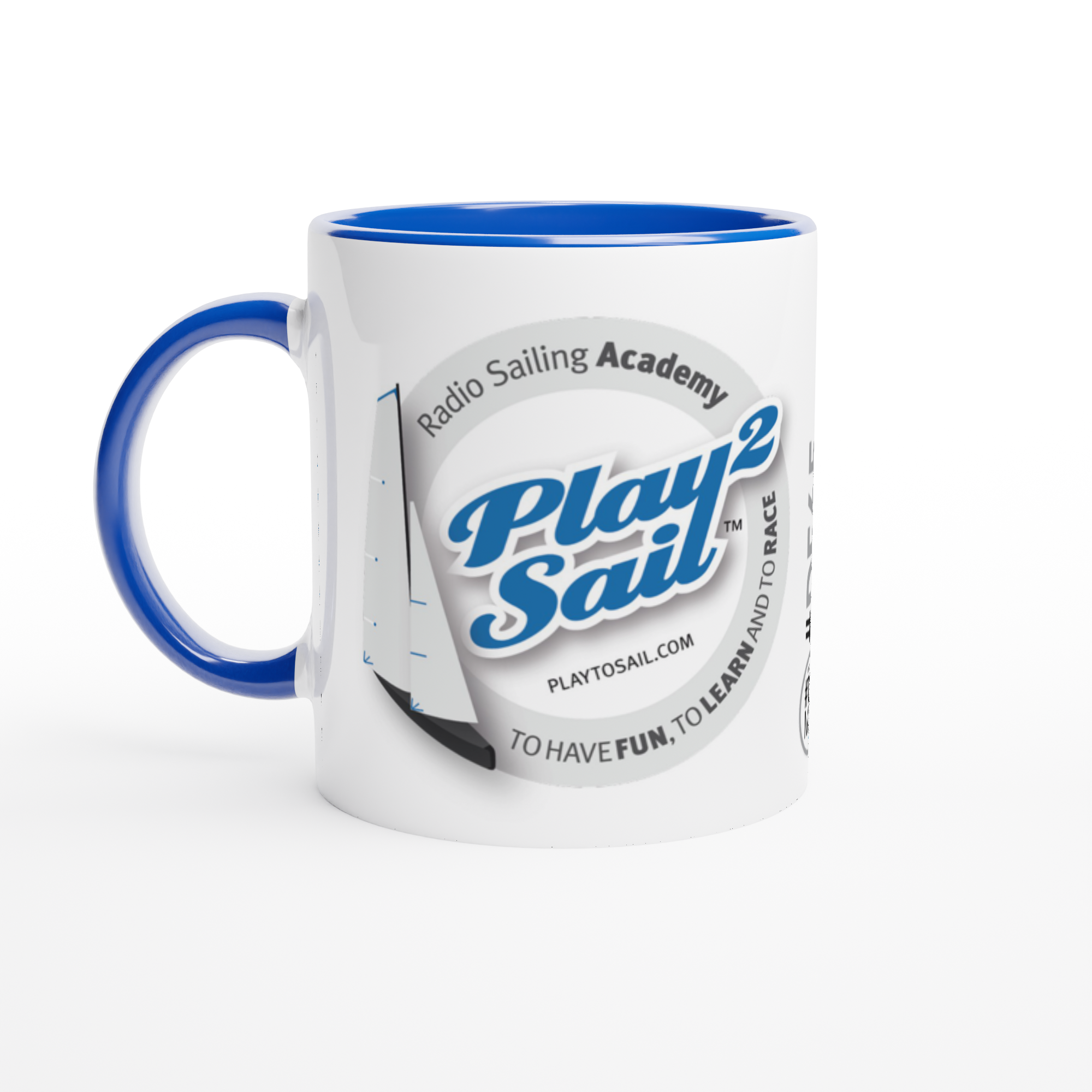


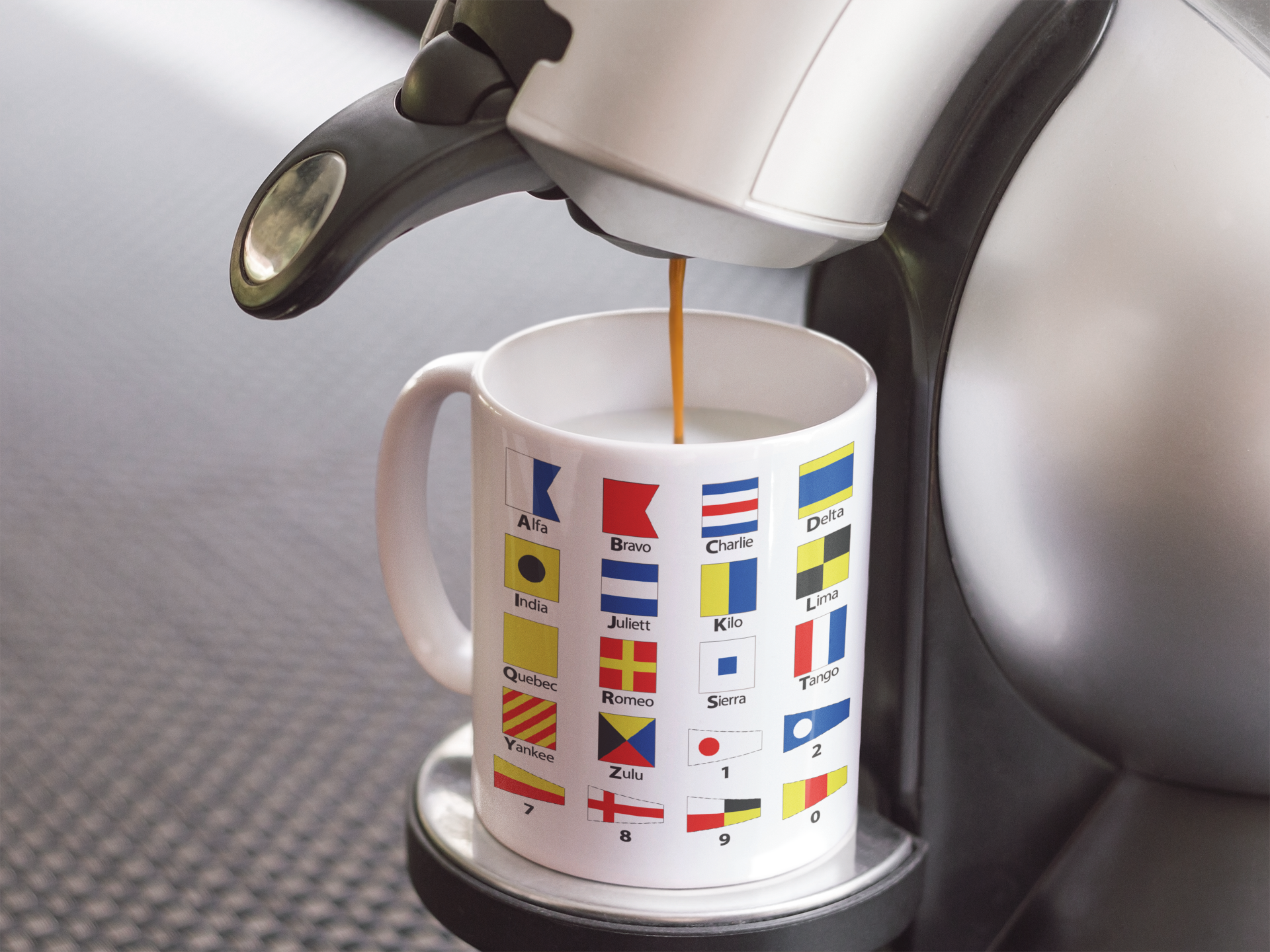
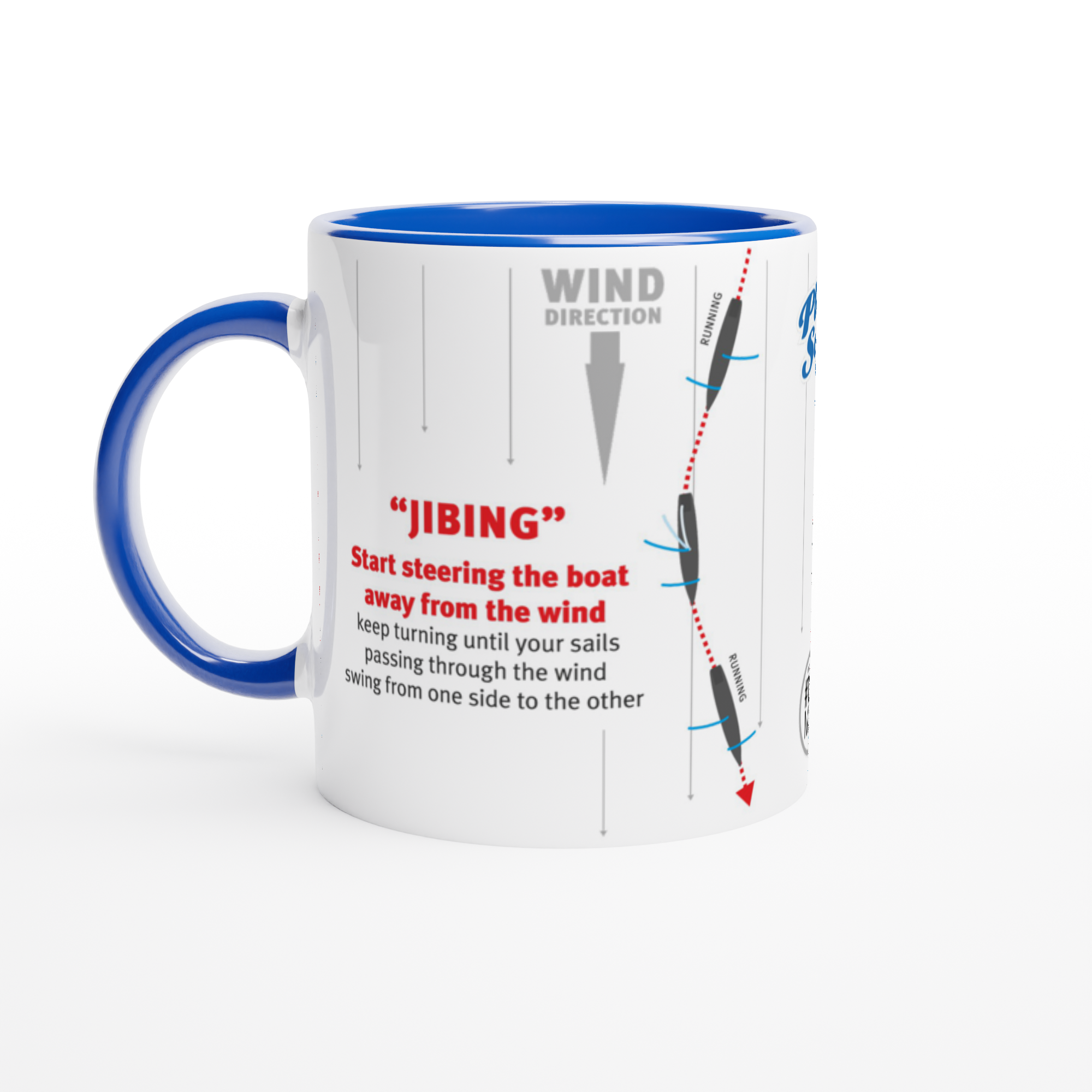
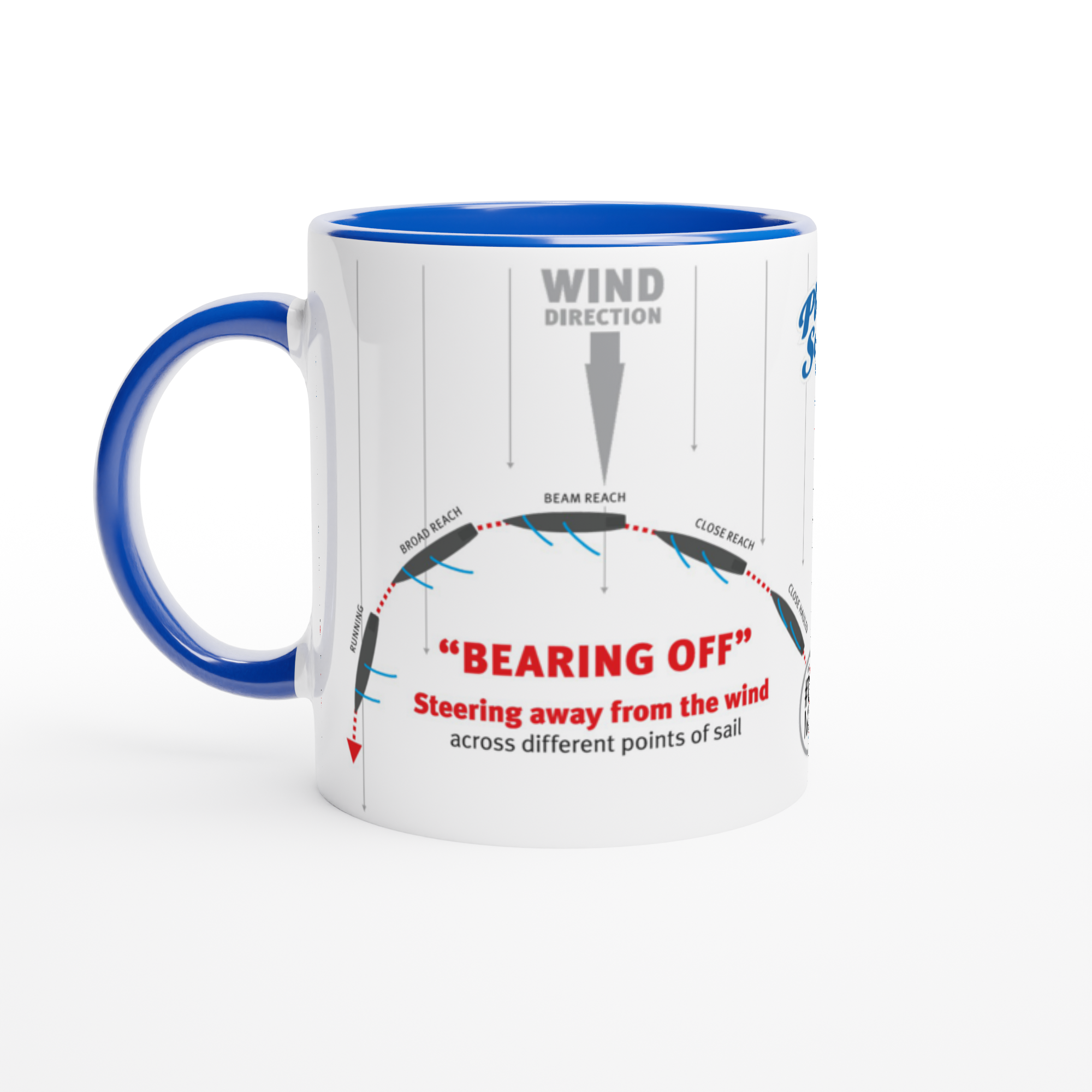
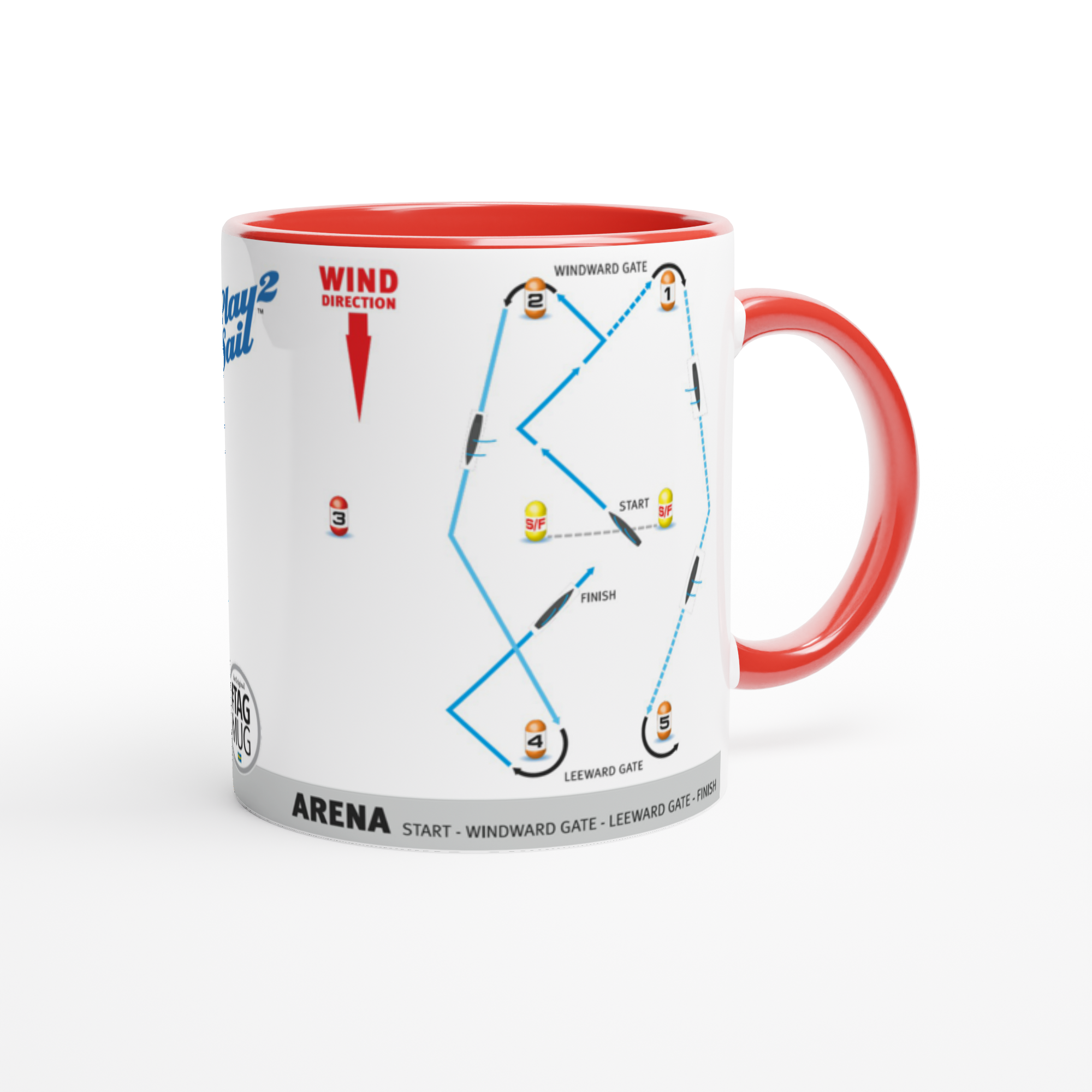
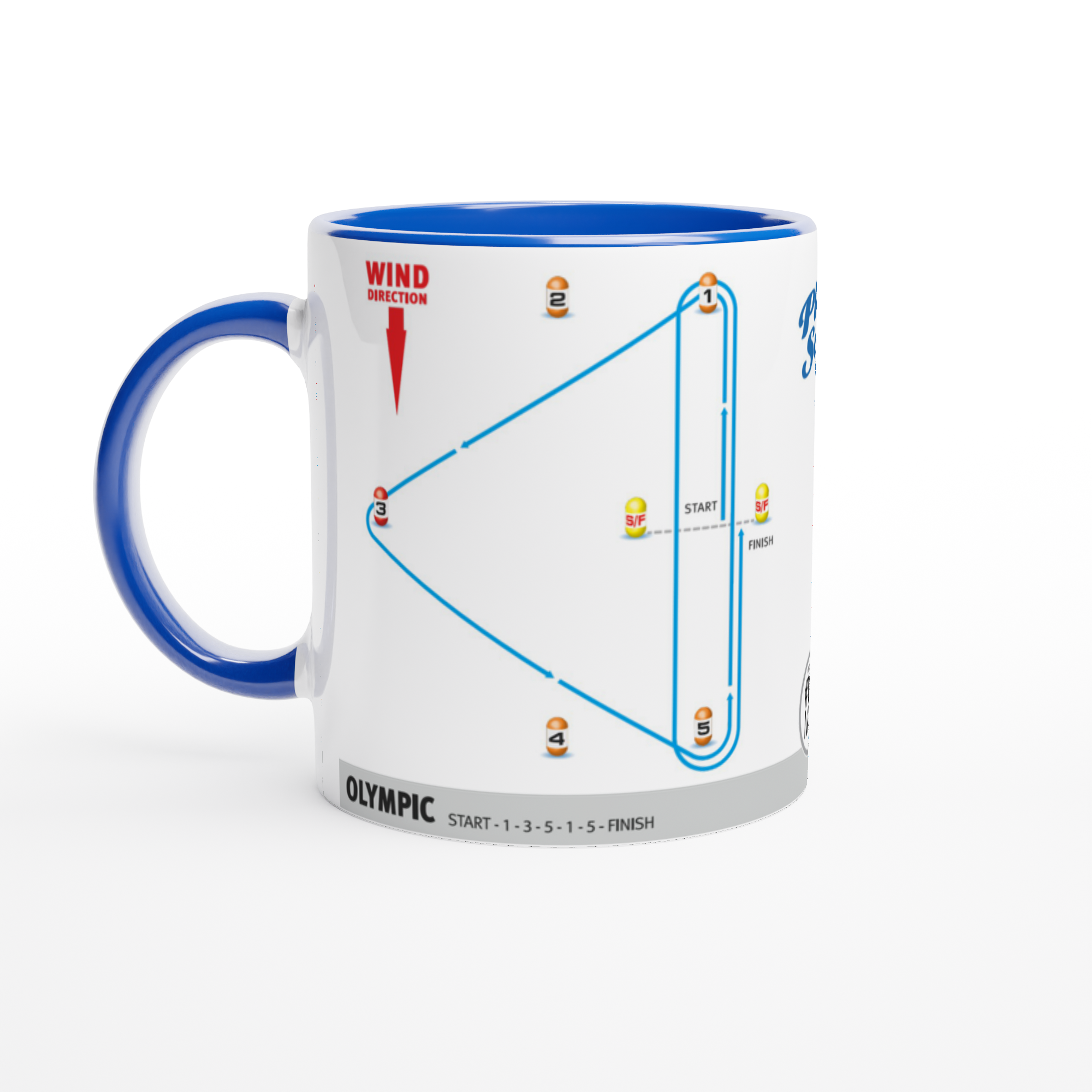
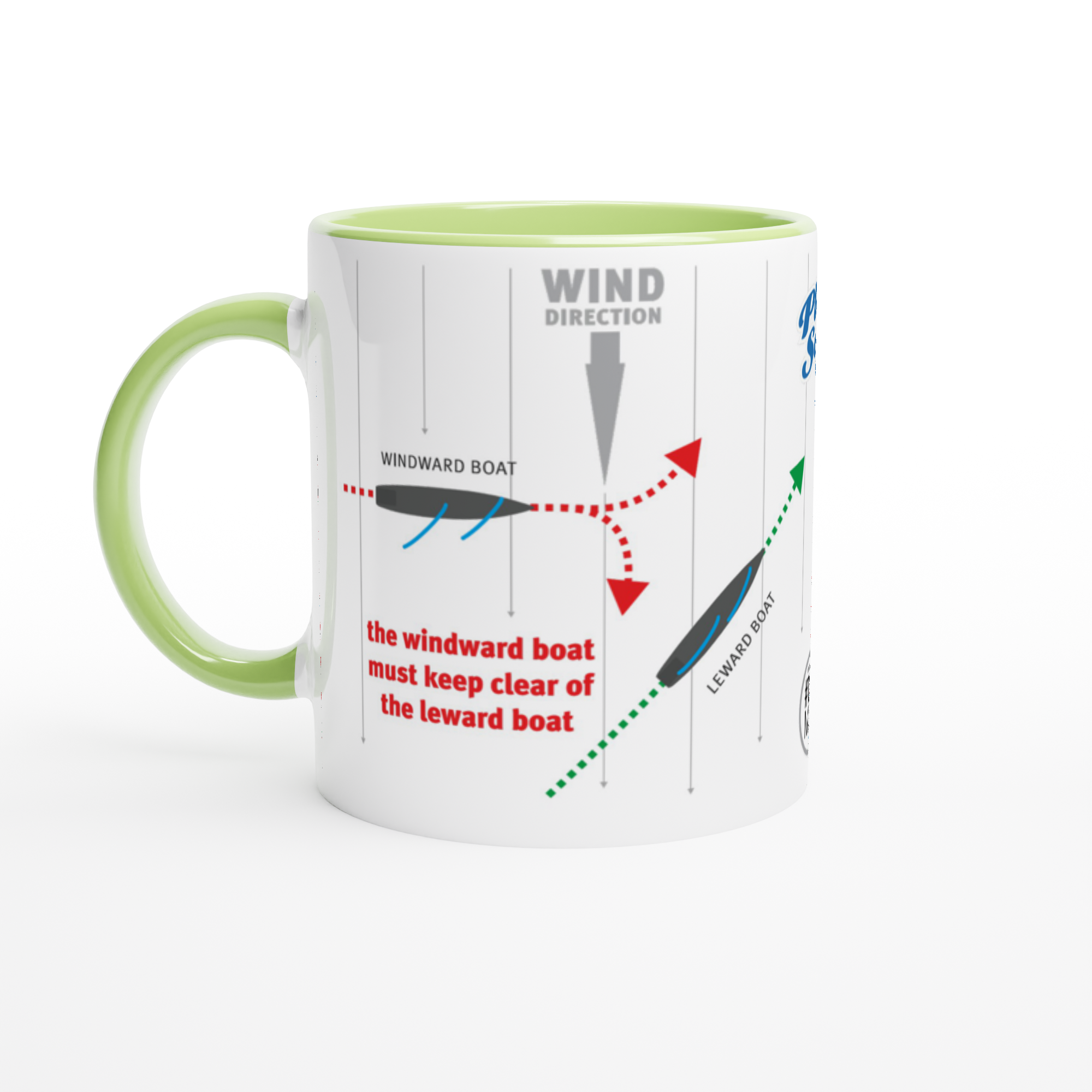
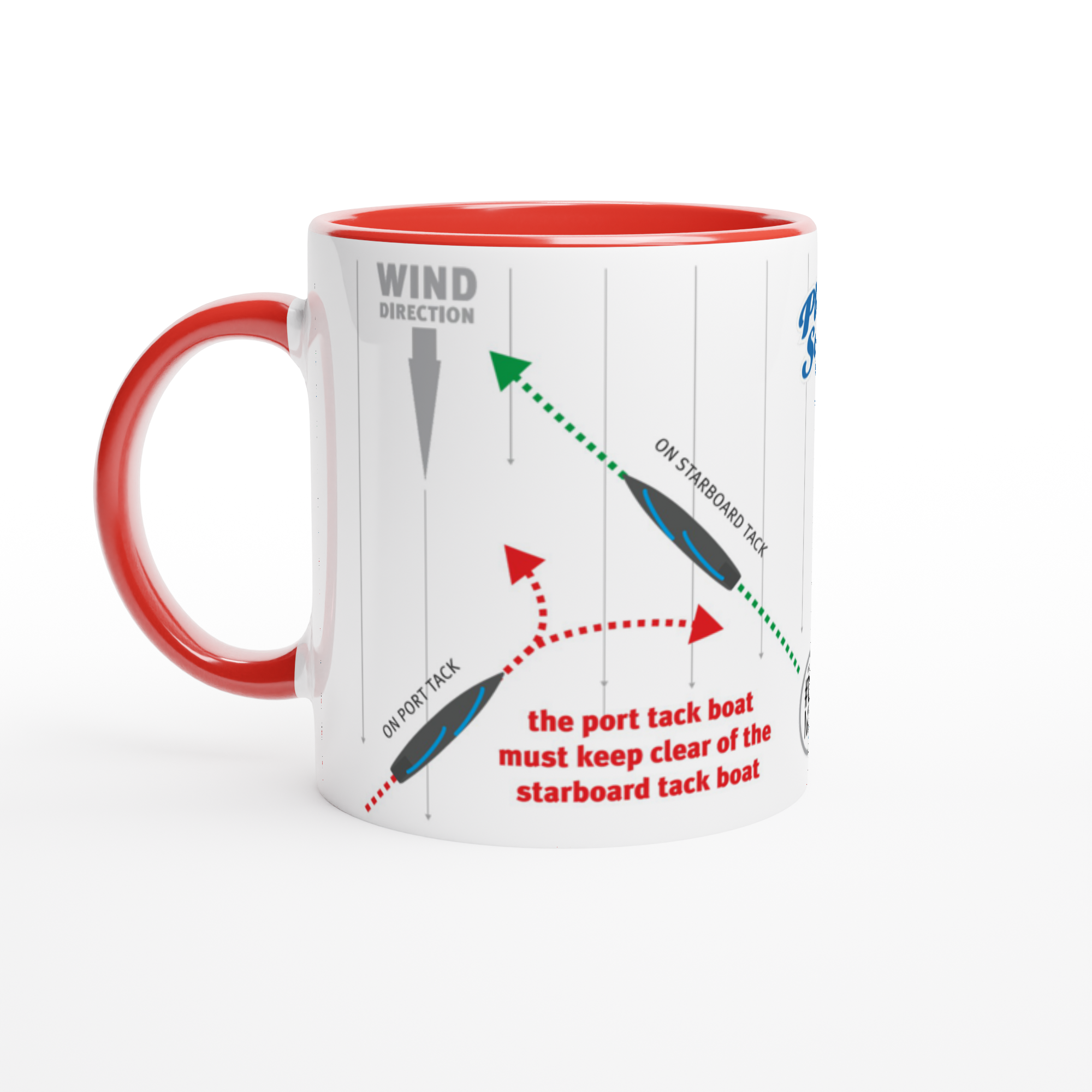

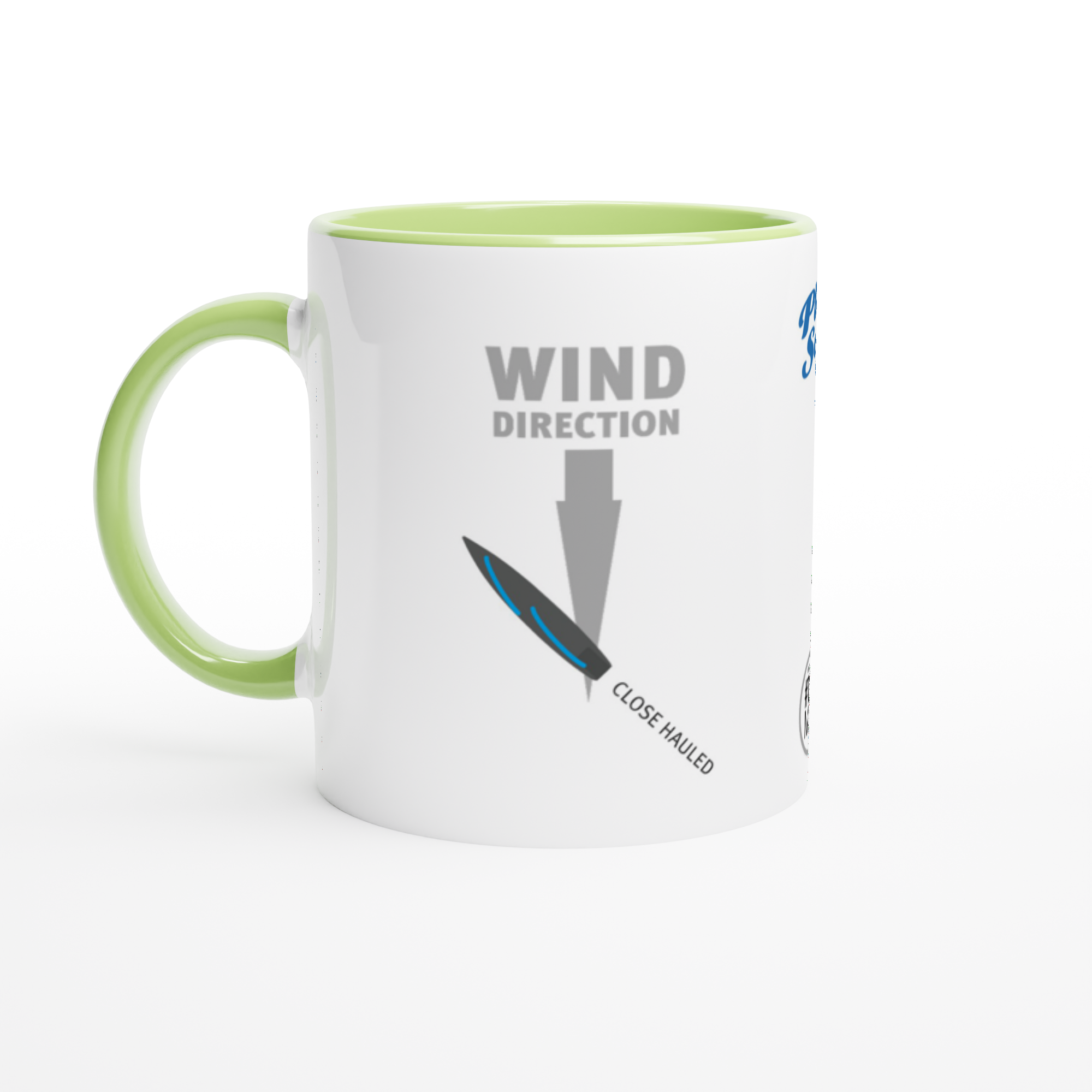
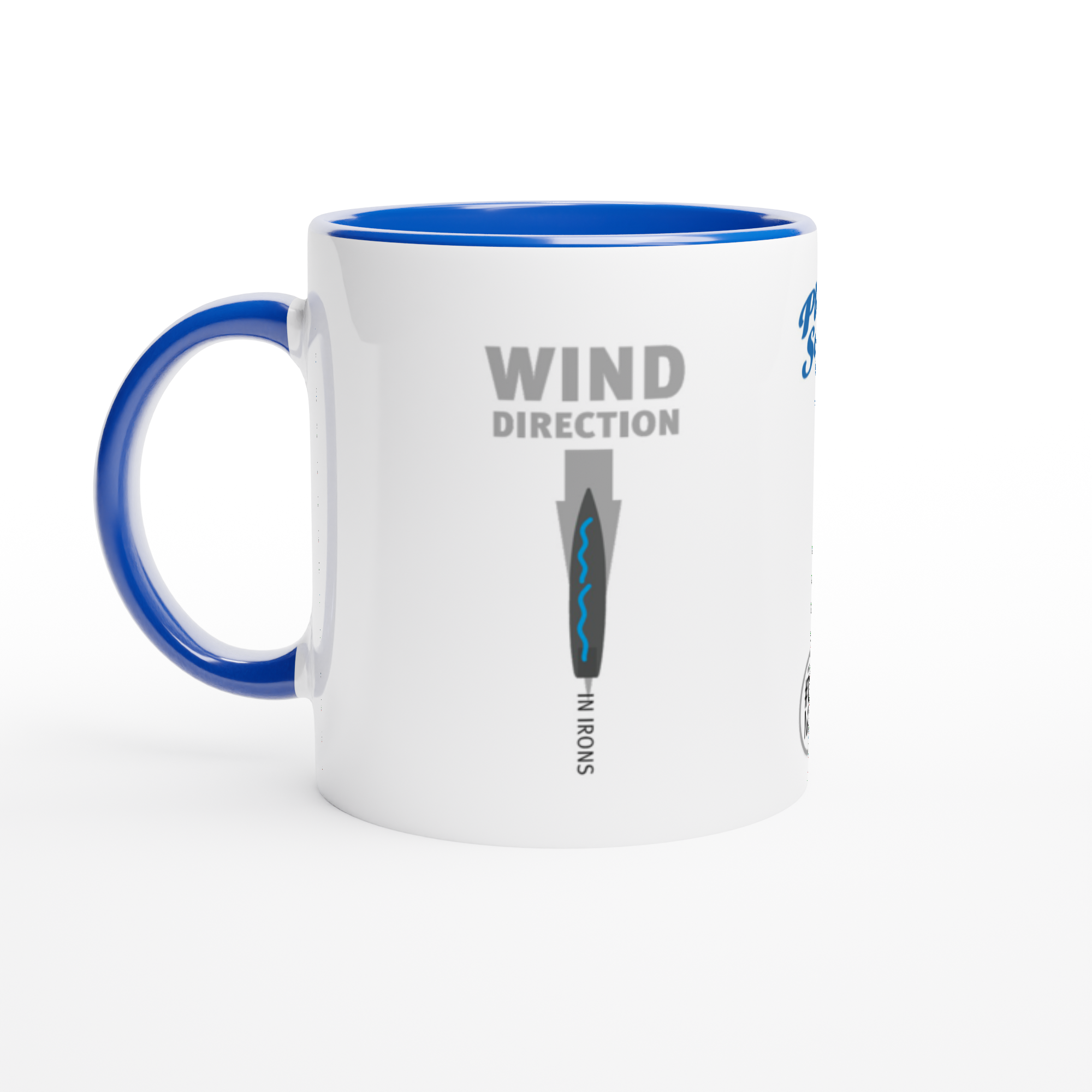
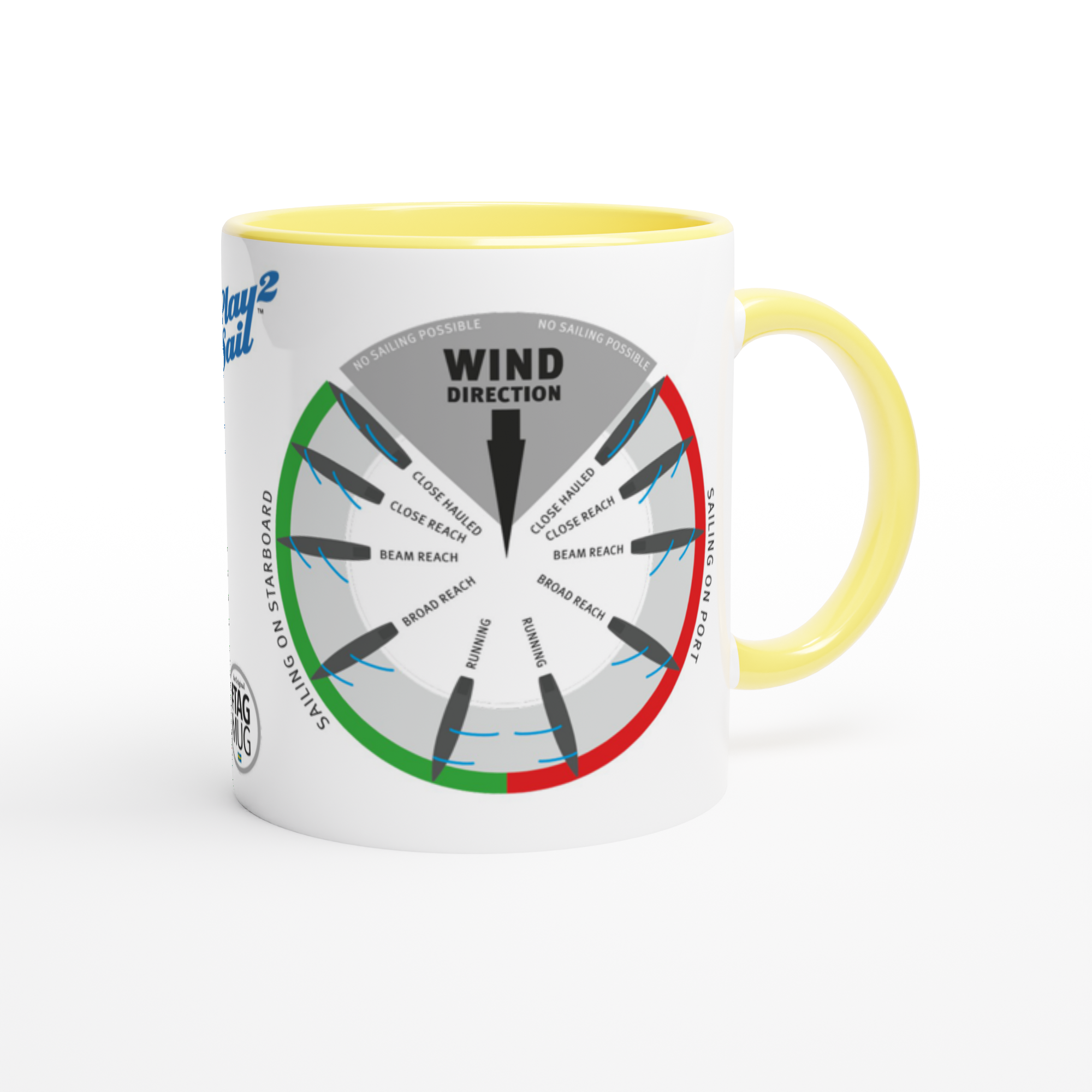
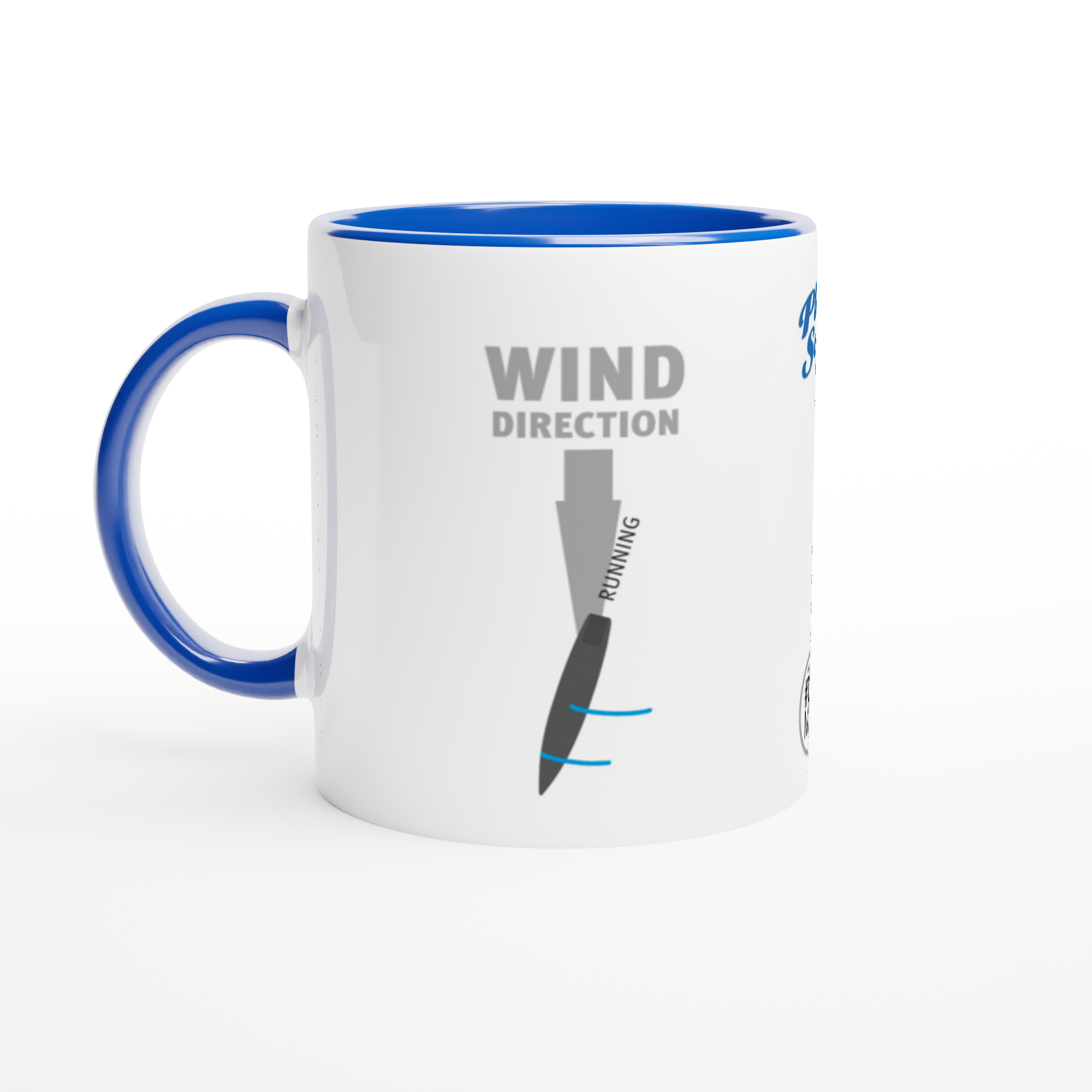
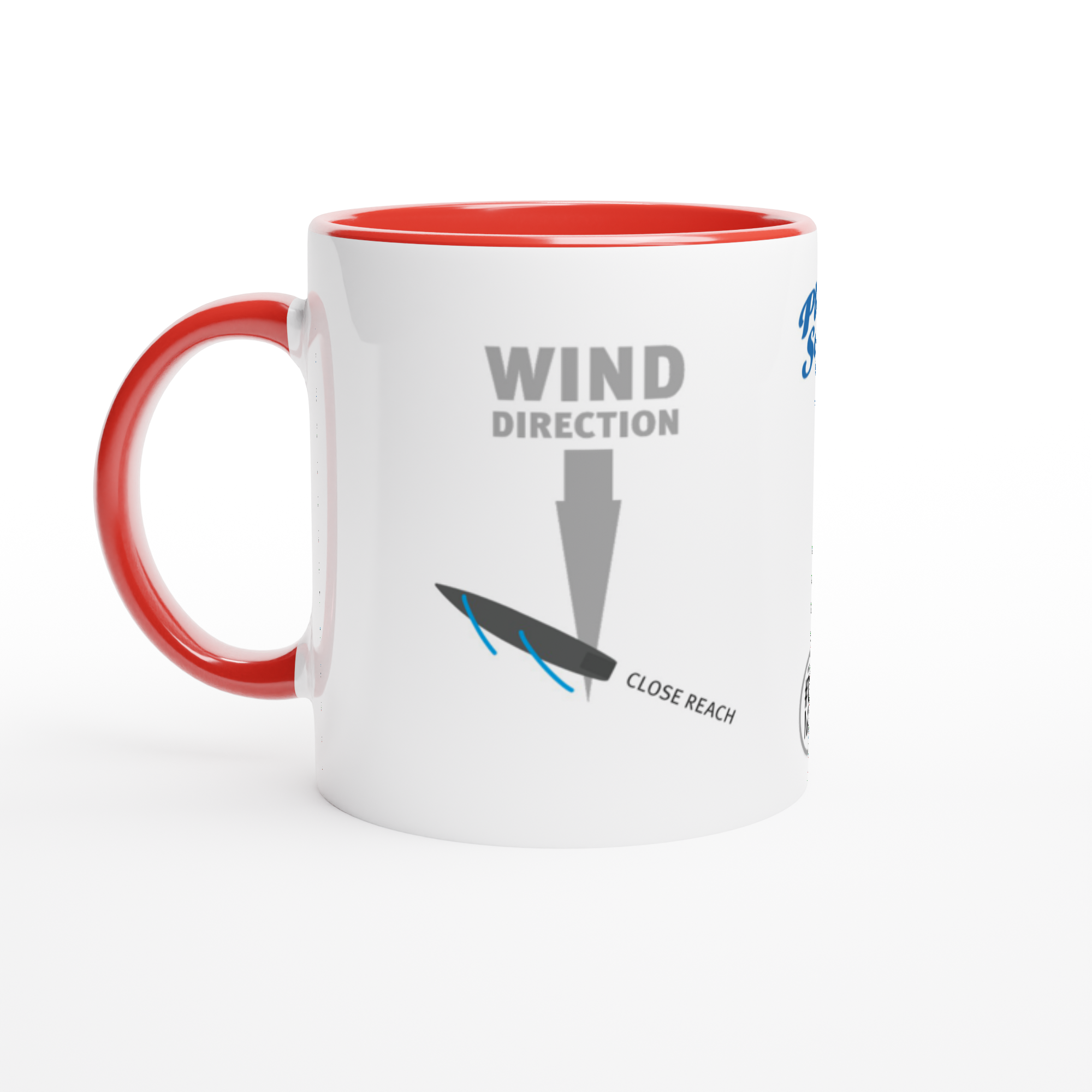
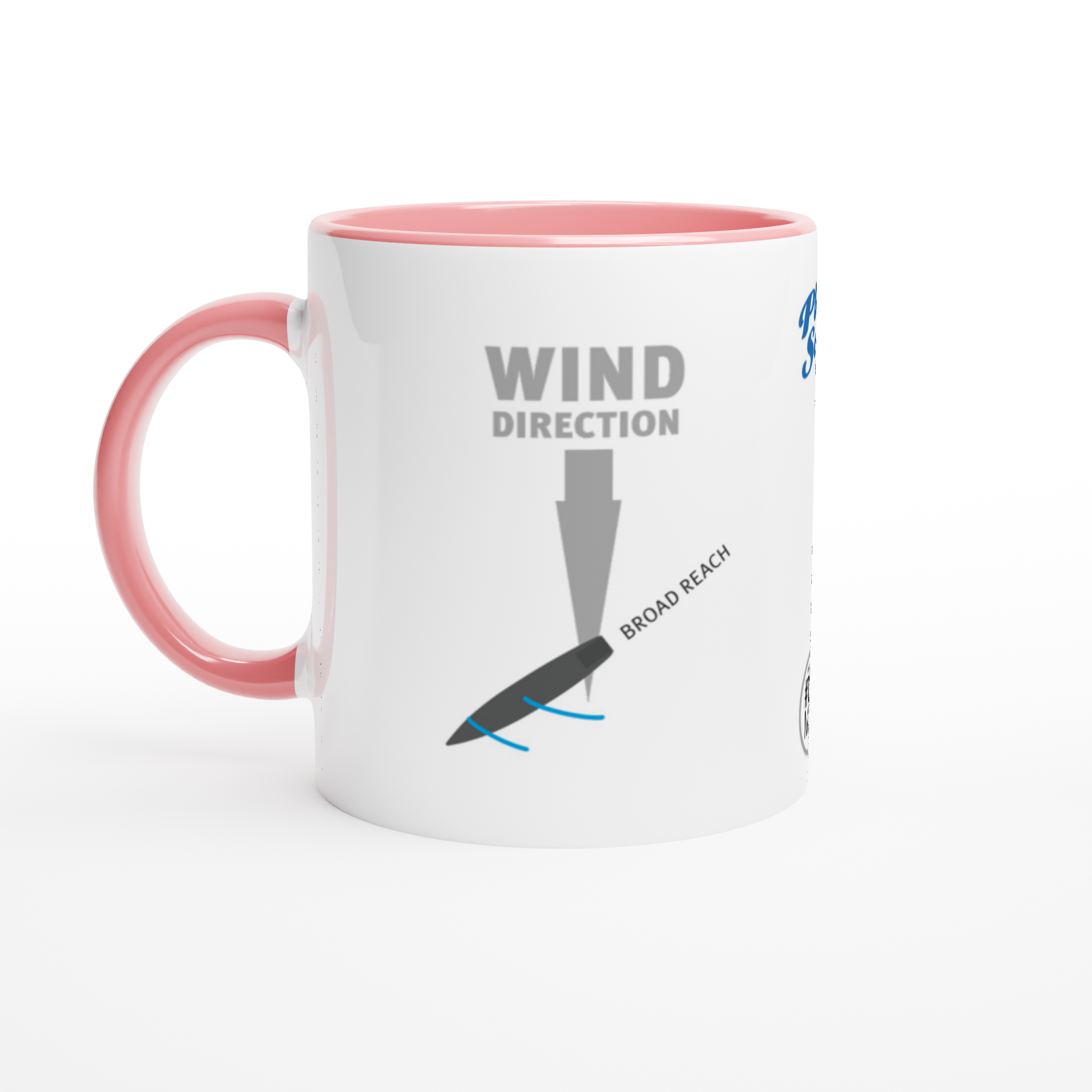
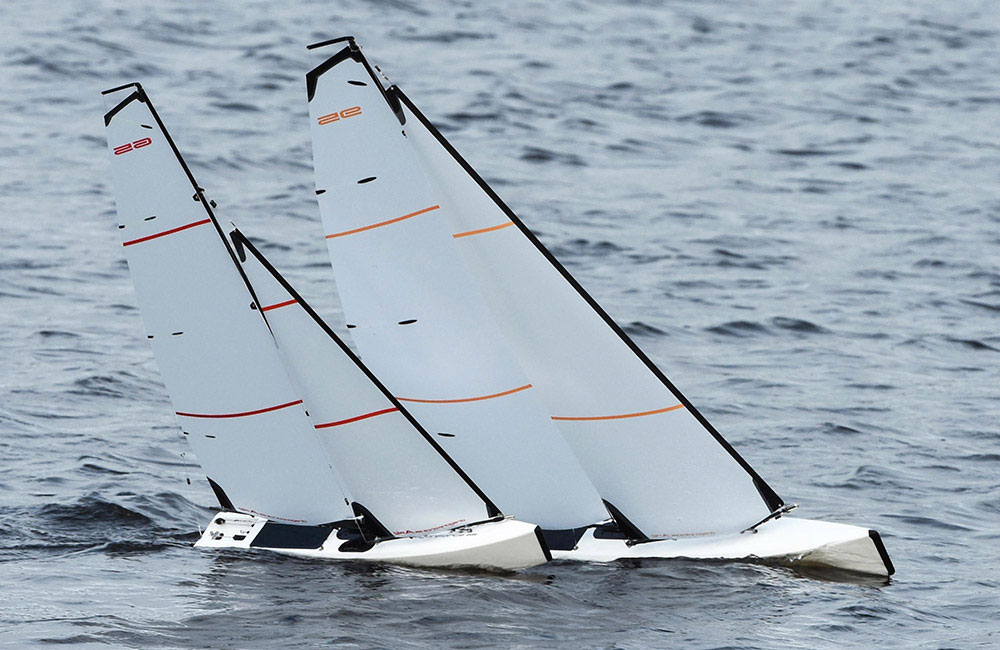


![Share your #SAILING passion with an original mug [#TAGMUG E-SHOP]](https://images.squarespace-cdn.com/content/v1/594e2defd482e9221abc3588/1614718808610-LMFFWWWZWA528CXYW1D5/rc-sailing-mugs-collection-points-of-sail.jpg)

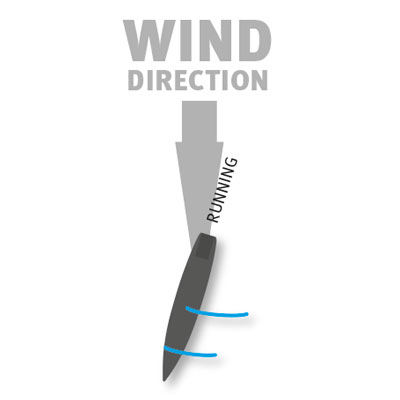
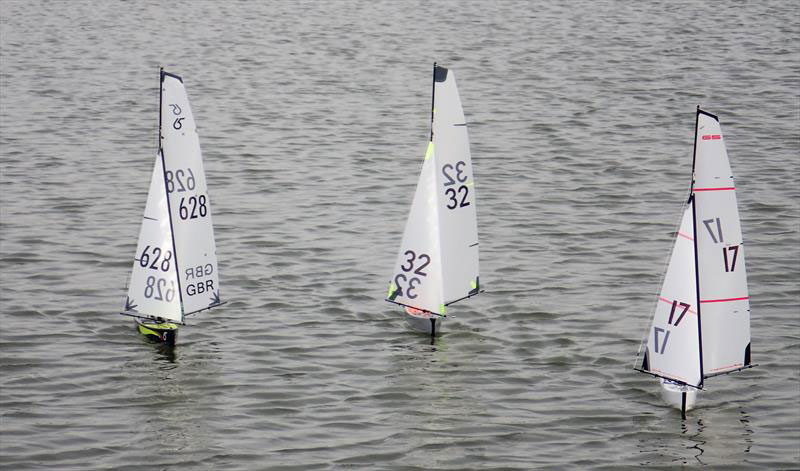

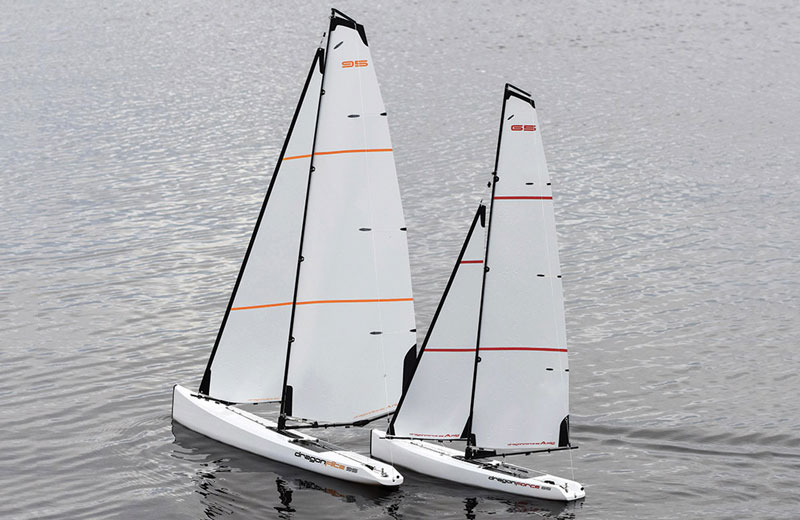



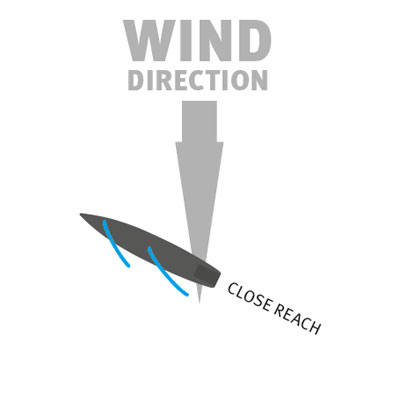
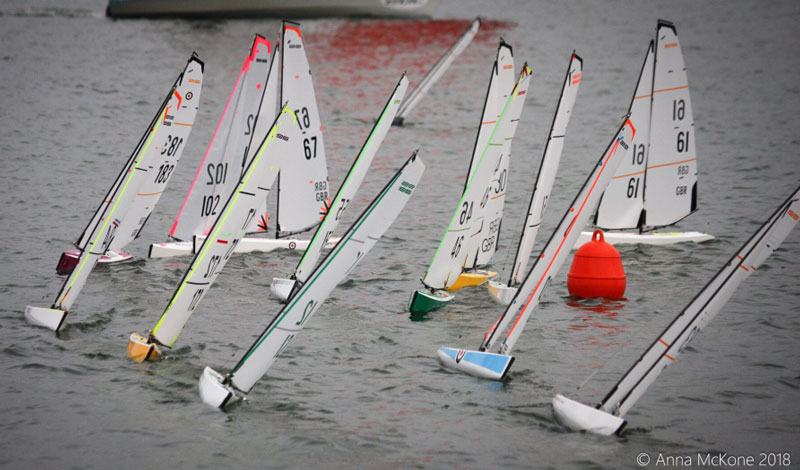






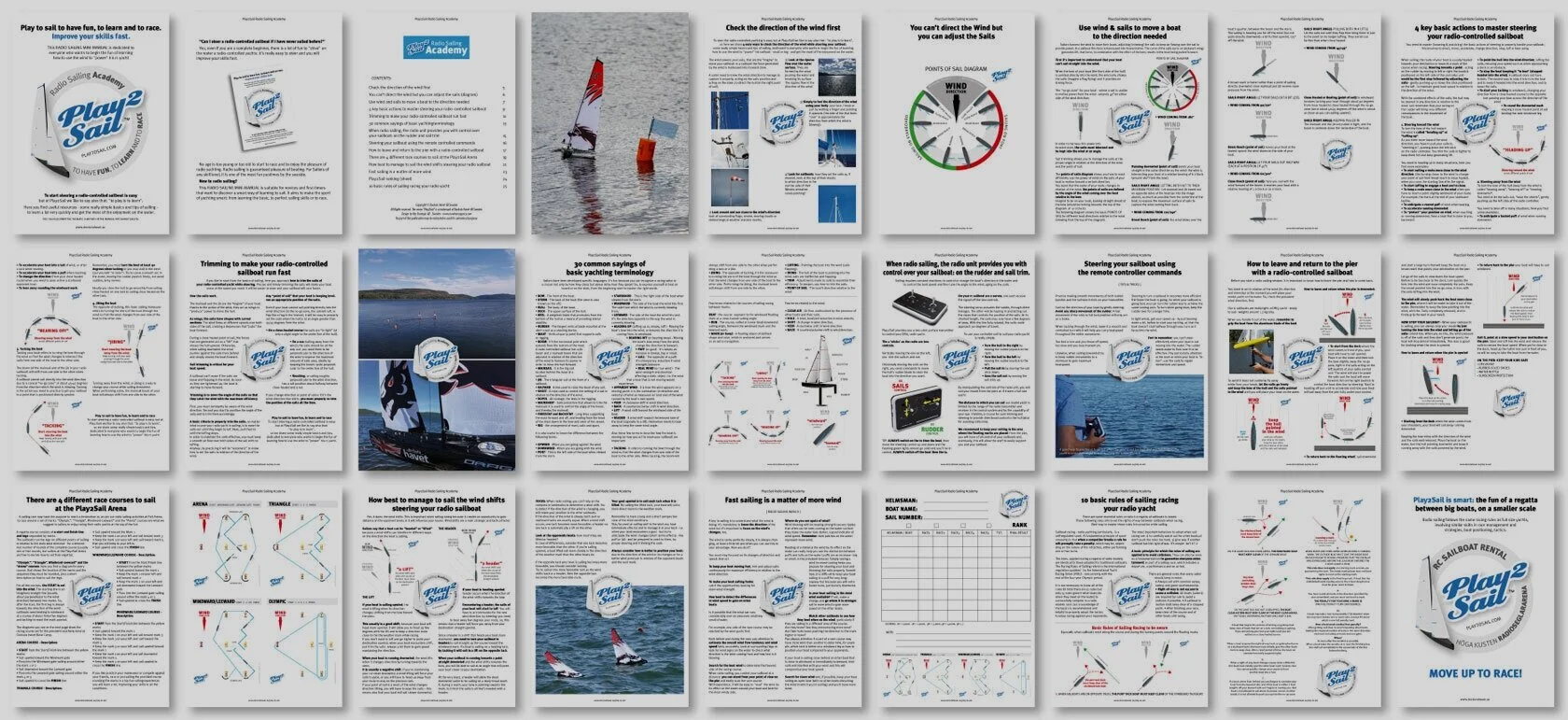

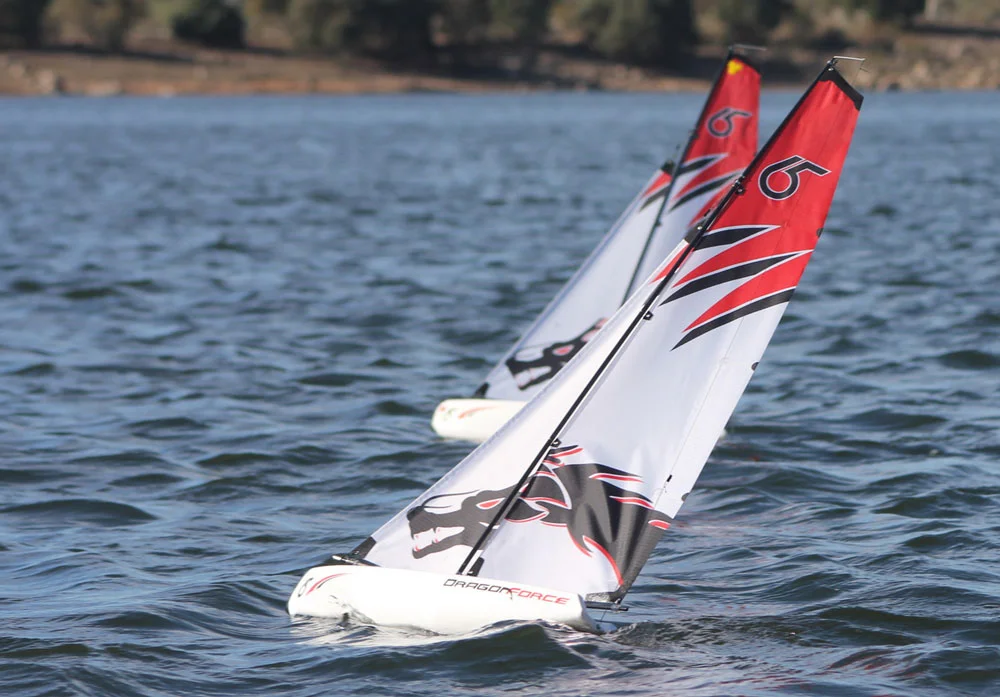











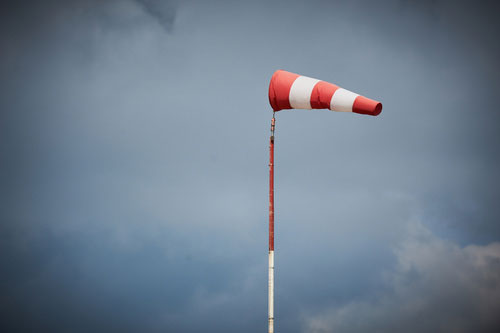
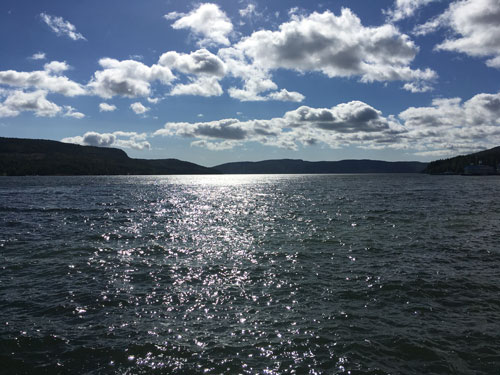
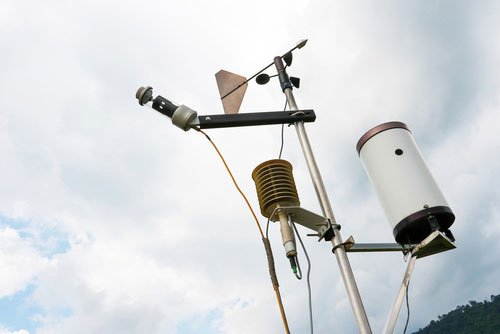
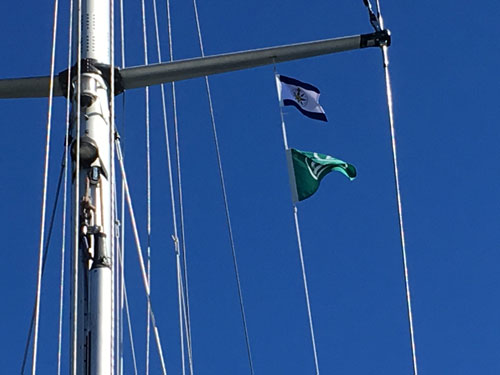

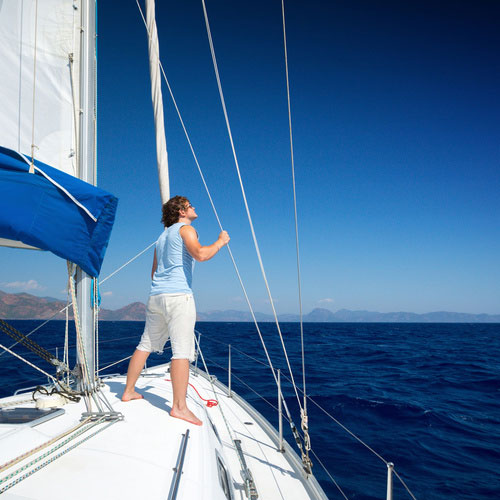
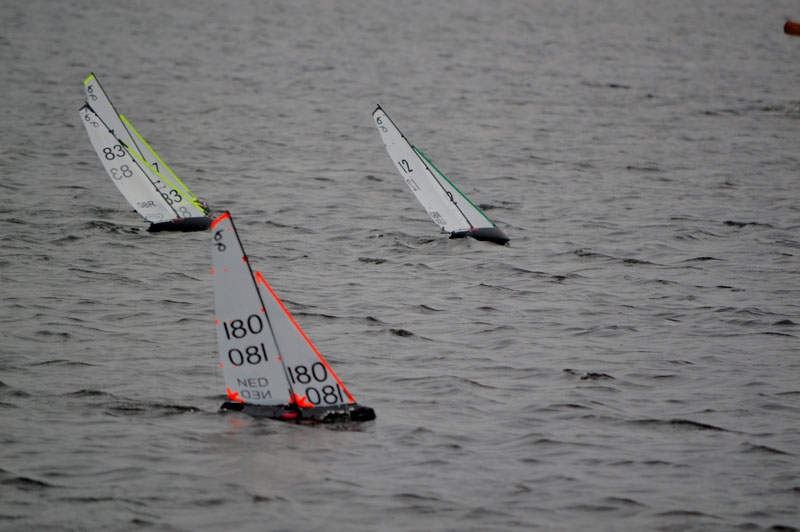
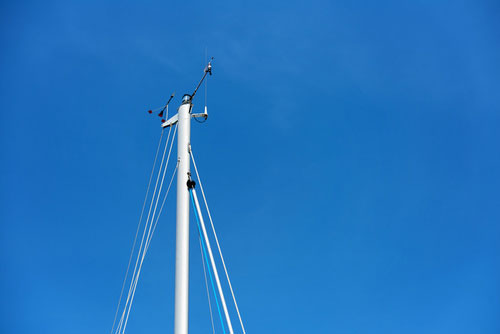
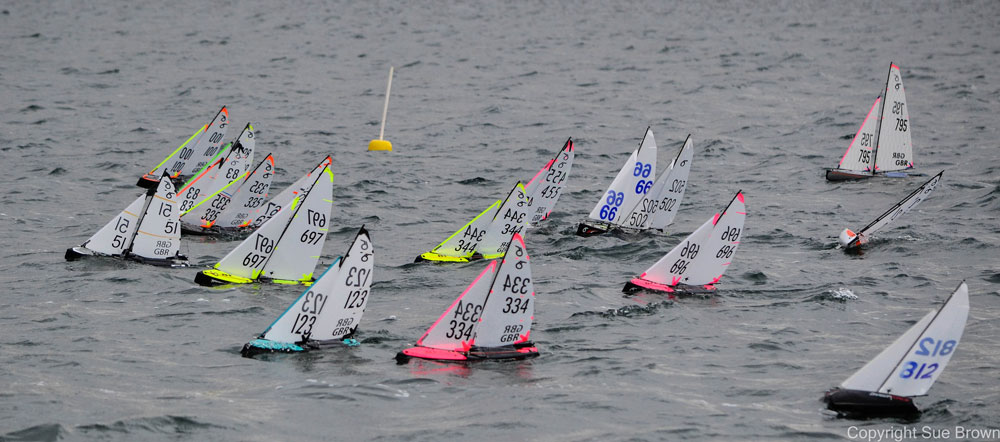
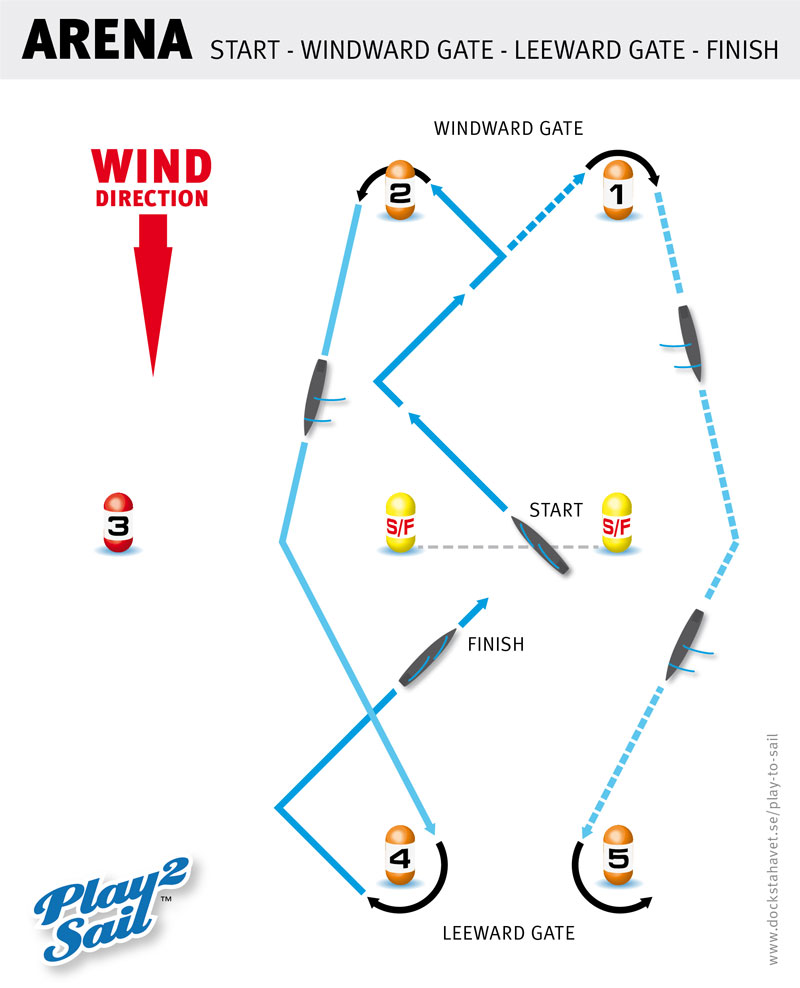



![Share your #SAILING passion with an original mug [#TAGMUG E-SHOP]](https://images.squarespace-cdn.com/content/v1/594e2defd482e9221abc3588/1614718713634-9MZAQNL35U0Z5DDDC7MA/sailing-racing-courses-ceramic-mugs-collection.jpg)


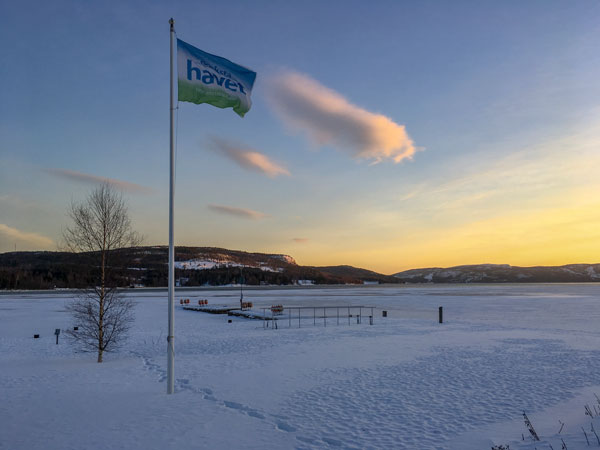

















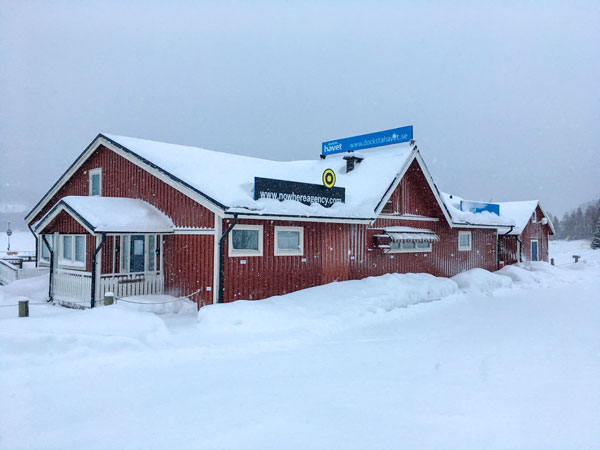












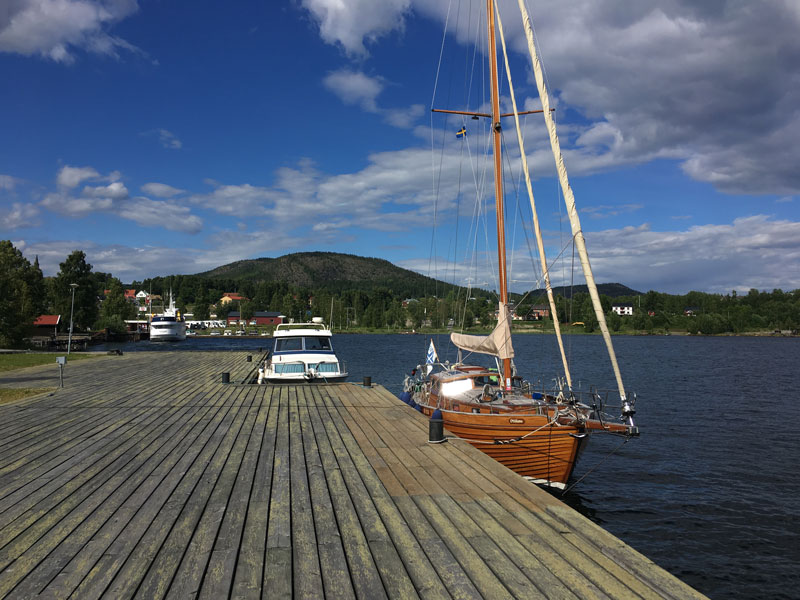








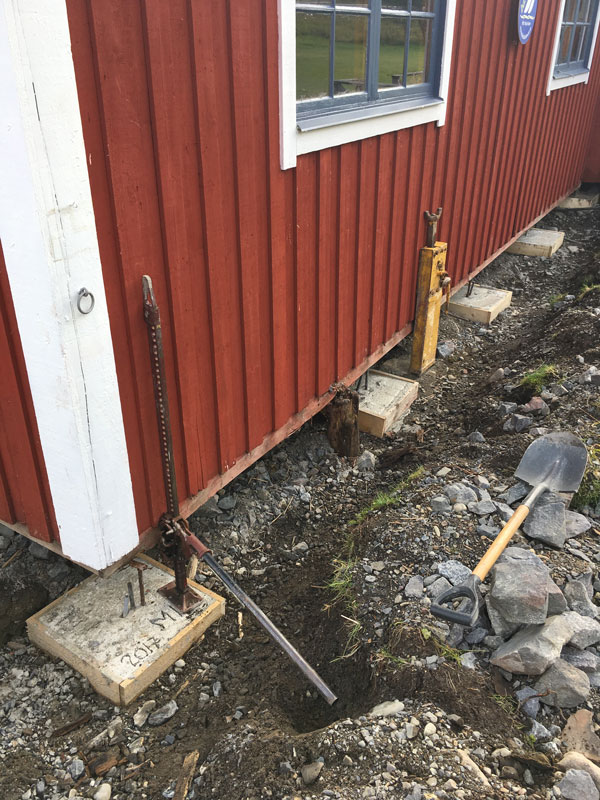


















[ E-MANUAL ]